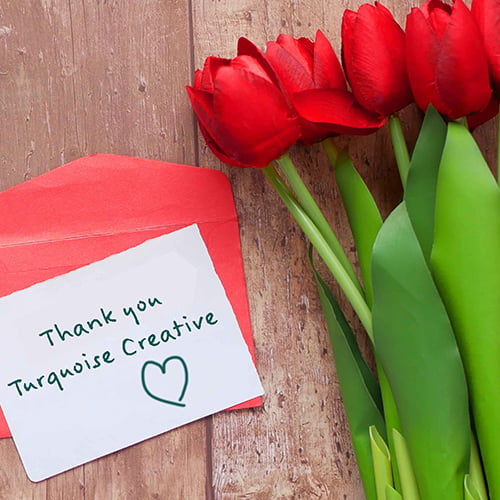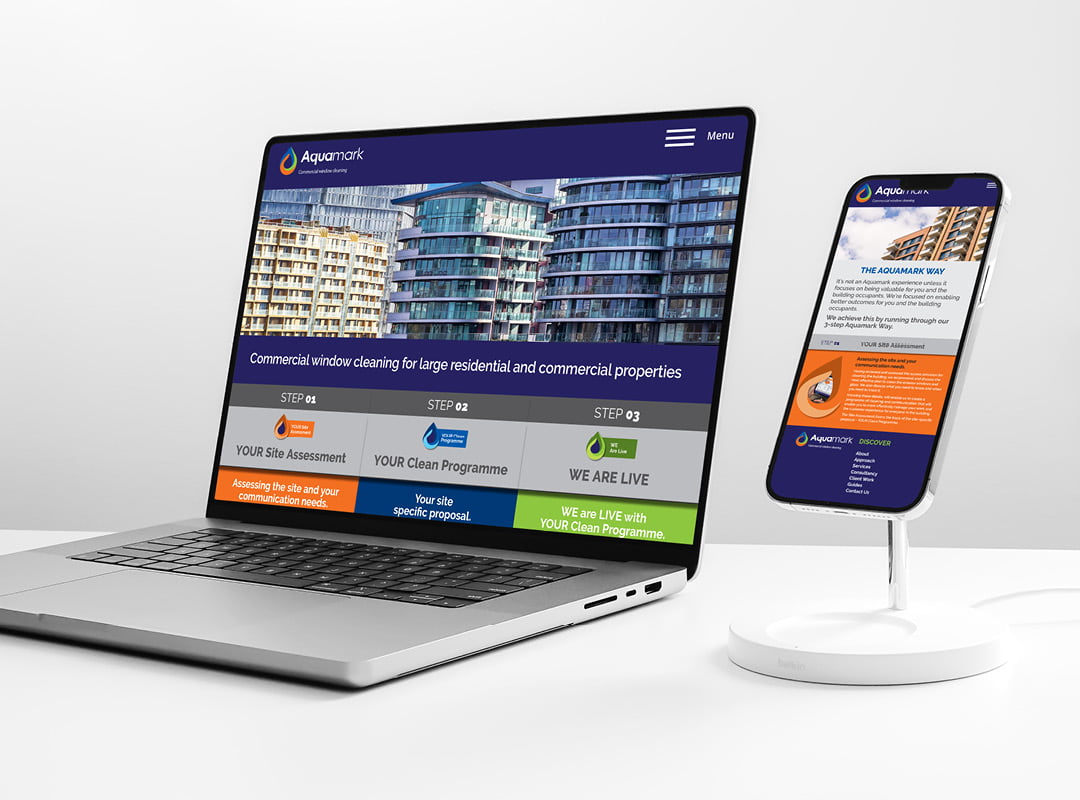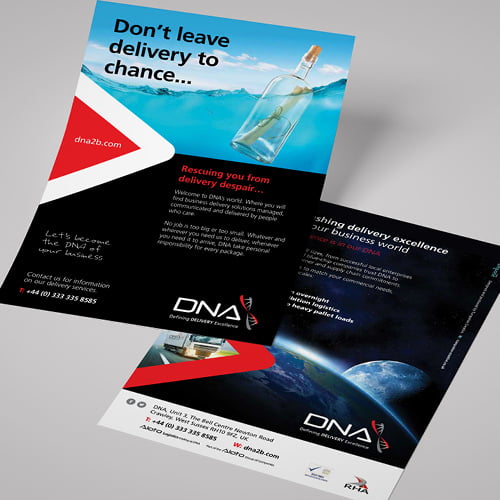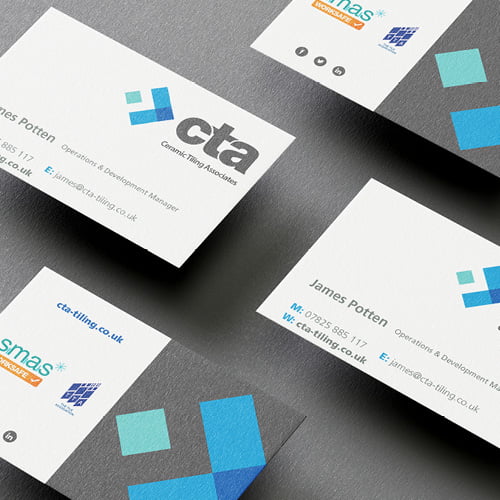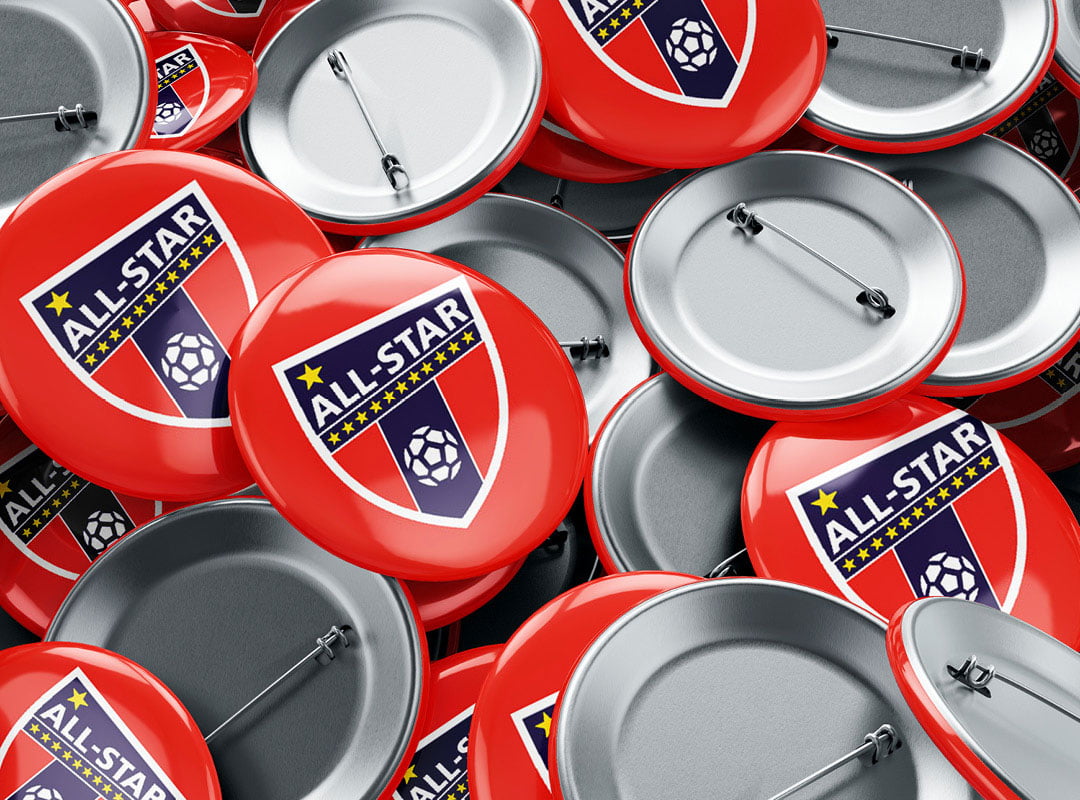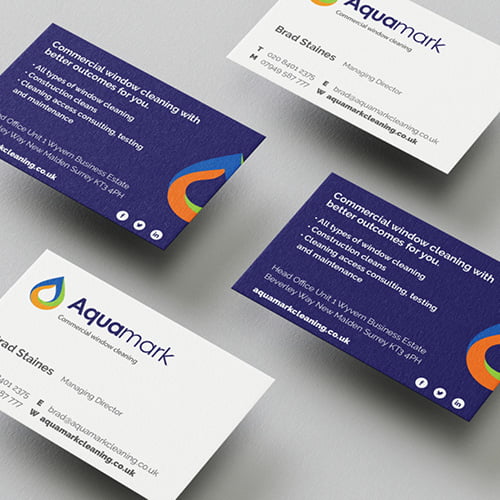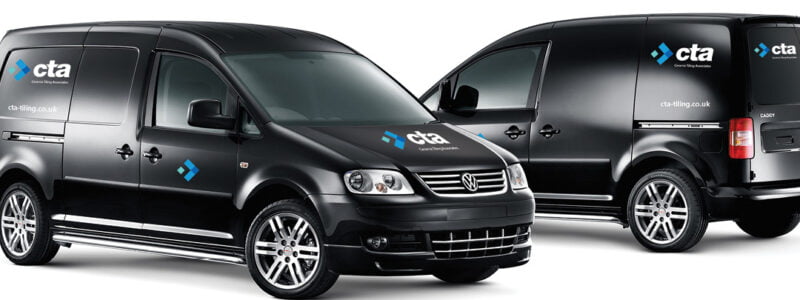Why brochures still work for your business
By Steve Oakes
Do you think brochures aren’t relevant anymore?
Well, think again.
For companies that have a lot to say, brochures are the perfect tool.
Customers love having something to hold and flick through the pages while reflecting in their own time.
Here are 4 more reasons why I think businesses must include brochures in their marketing mix.

BROCHURES ARE
COST-EFFECTIVE
PRINT HANGS AROUND
MAXIMISE FACE-TO-FACE CONTACT
ENGAGE WITH CUSTOMERS
So why do brochures work?
I believe, brochures that are designed and produced well, are one of the most important marketing tools for your business.
Moreover, the company brochure is just as vital to your business as your most basic marketing tool – like your business card.
So I have identified 4 key brochures and what I believe should be achieved by each.
The Corporate brochure
The corporate brochure sells the credibility and capability of your company to establish trust with your prospective customers and clients.

A corporate brochure enables you to project your credentials in a positive way while outlining the benefits to anyone using your company. It must highlight your strengths and deal with any queries that a prospective client may have.
It should leave your prospect with a lasting impression of your company and a desire to know more about it.
The Sales brochure
Sales brochures sell the benefits your prospective customers will experience if they choose your product.

Providing a focus on a single product or brand and a variety of options is the role of the sales brochure. It ‘shows and tells’ your prospective customer why they need it and the benefits they will have in buying from you rather than your competition.
A sales brochure should leave your prospect with a lasting positive impression of your product and a desire to know more about it.
Product or service directories
Now onto product brochures. These brochures put your portfolio online in an easy to use format so that your customers know what products or services you sell.

Directories must provide the reference material your customer needs to know when making a purchasing decision.
It should be a comprehensive technical manual detailing your main product or service specifications and include any diagrams, photos, etc that help your prospect to choose the right product or service.
Most important of all it needs to be designed with your customer in mind – how will they want to use it, what ways do they want to search for product or service.
Financial reports
I like designing these types of brochures. Financial reports project a positive image to stakeholders and potential investors.
They are often a legal requirement but have the power to present your company in a positive manner even if the content isn’t such good news. They can project your aims and ambitions and reflect the image of the company you want to be.
The statistical information can be presented in an interesting and graphical manner so that the dynamics of what you are about are delivered in a consistent message on every page.
Therefore, it must provide the reader with an understanding of your company’s current position and sell the destination that you seek to achieve.
Why you can’t mix and match these brochure types
Mixing and matching, in my opinion, is a No, No. When companies try to combine different functions with a ‘one brochure fits all’, they often end up with a confusing brochure that is difficult to read. If it isn’t being read then it can’t do its job!
If this must be done then an acceptable combination is the corporate folder brochure. This works best if the folder carries corporate information on the inside of the folder while focusing on selling products or services in the inserts.
How and when to use your brochure to gain the maximum impact
I think there is a couple of options here. You can use your brochure as an introductory mailer. This will need a powerful sales letter to accompany it.
A ‘leave behind’ following your sales meeting. Even if you have mailed out a copy in advance of your meeting, it is always a good idea to leave another copy as a reminder.
So the key to the successful use of your brochure is planning and research. Find out what works and why!
1) Research the competition. Get hold of your competitor’s brochures, pick out the points and techniques which you feel best to communicate the sales message you have.
2) Determine your budget – this will depend on:
Quality and Quantity

This can be based upon the quality of the brochure your competition has produced. If your prospective client has to present their research to a higher authority how would you want your brochure to compare?
The quantity should be based upon how many you will realistically use within a year.
3) Determine what you want your brochure to achieve. Listed above are the four main types of brochures. However, there are many kinds of brochures and their look and feel are completely determined by the job they must do. Keep your brochure focused on the main points of the message you want.
So what’s next?
Now you’ve seen the value brochures can bring to your business, it’s time to put them to work!
I can recommend ways for you to use brochures to your advantage in your business’s marketing mix. I can create the designs and produce an outstanding brochure that I am confident will help your business achieve its goals.
Call me on 01293 886805 or email me at steve@turquoise-creative.co.uk today.










